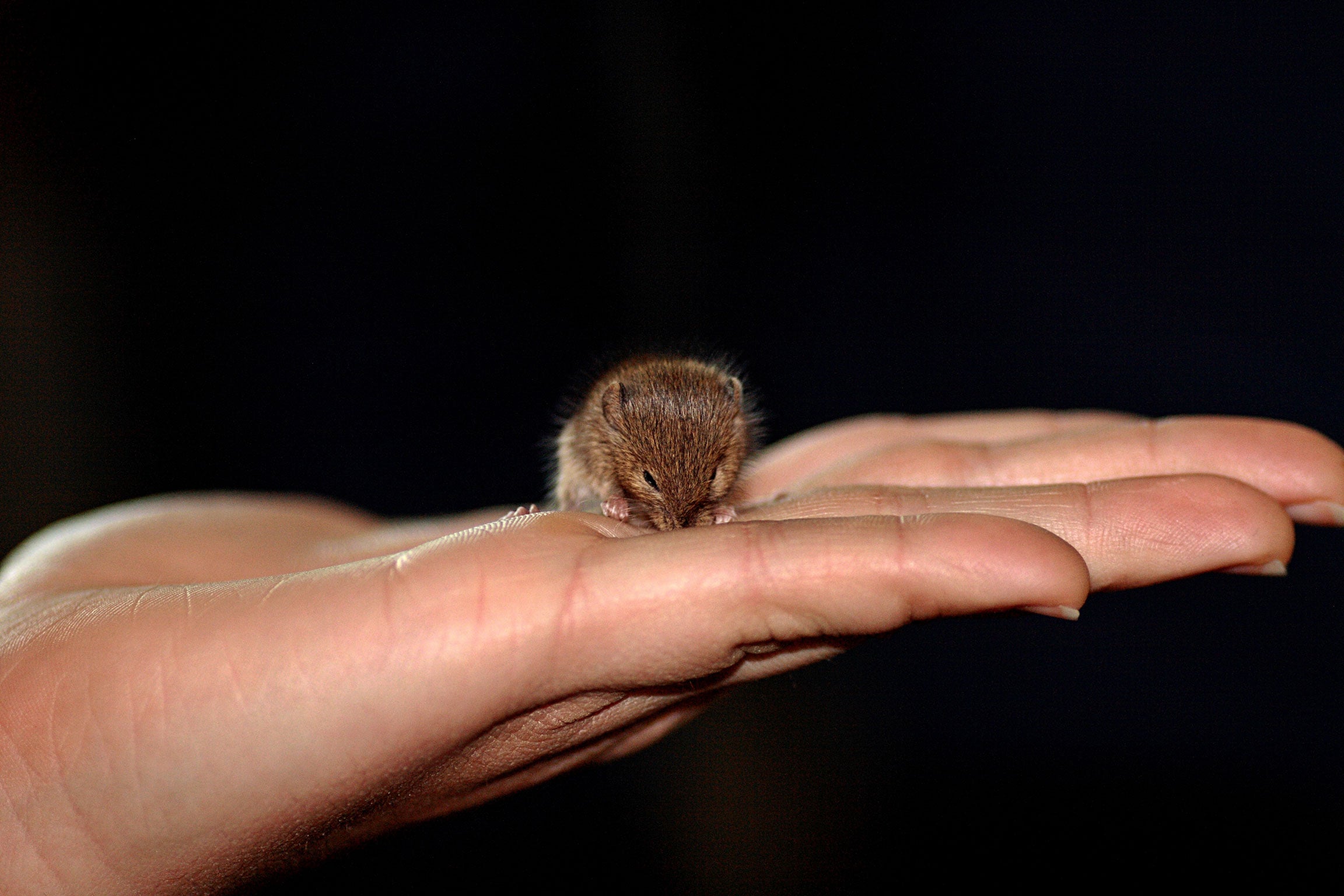Predatory paedophile mice deterred by tears of pre-pubescent victims, study claims
Baby mice tears contain a pheromone signalling chemical that puts off males

In probably the creepiest finding of the week, scientists claim to have discovered that predatory paedophile mice are turned off launching sexual attacks on pre-pubescent victims by pheromones in their tears.
According to an international team of scientists the baby mice tears contain a pheromone signalling chemical that puts off the sex-mad males.
The team, who were led by Dr Stephen Liberles, from Harvard Medical School, found that two-week old pre-pubescent mice produce 50 times more of the pheromone, called ESP22, than adults.
When scientists blocked the ability of adult mice to sense the chemical they witnessed a worsening in the behaviour of the creatures. Sexual advances towards pre-pubescent females increased "strikingly" with numerous mating attempts.
A similar response was witnessed by scientists when the young mice were prevented from creating ESP22 in their tears.
Scientists discovered that painting the chemical onto the baby mice resulted in them being protected again. ESP22 is secreted from the lacrimal gland and released into tears of 2-to 3-week-old mice.
Scientists found that 'recombinant ESP22, painted on mice, exerts a powerful inhibitory effect on adult male mating behaviour'.
The study, published in the journal 'Nature' asserts that adult mice detect the chemical through their vomeronasal organ, a smell sensor in the nasal cavity designed to pick up pheromones.
The study states: "We describe a pheromone of sexually immature mice that controls an innate social behaviour, a response pathway through the accessory olfactory system and a new role for vomeronasal organ signalling in inhibiting sexual behaviour towards young."
The study illustrates, the experts claim, how a sensory system can regulate behaviour.
Experts are divided about whether a vomeronasal organ exists in adult humans.
There is no evidence of a human nasal organ that responds to pheromones in the same way as it does in many animals.
Additional reporting by the Press Association.
Join our commenting forum
Join thought-provoking conversations, follow other Independent readers and see their replies
Comments